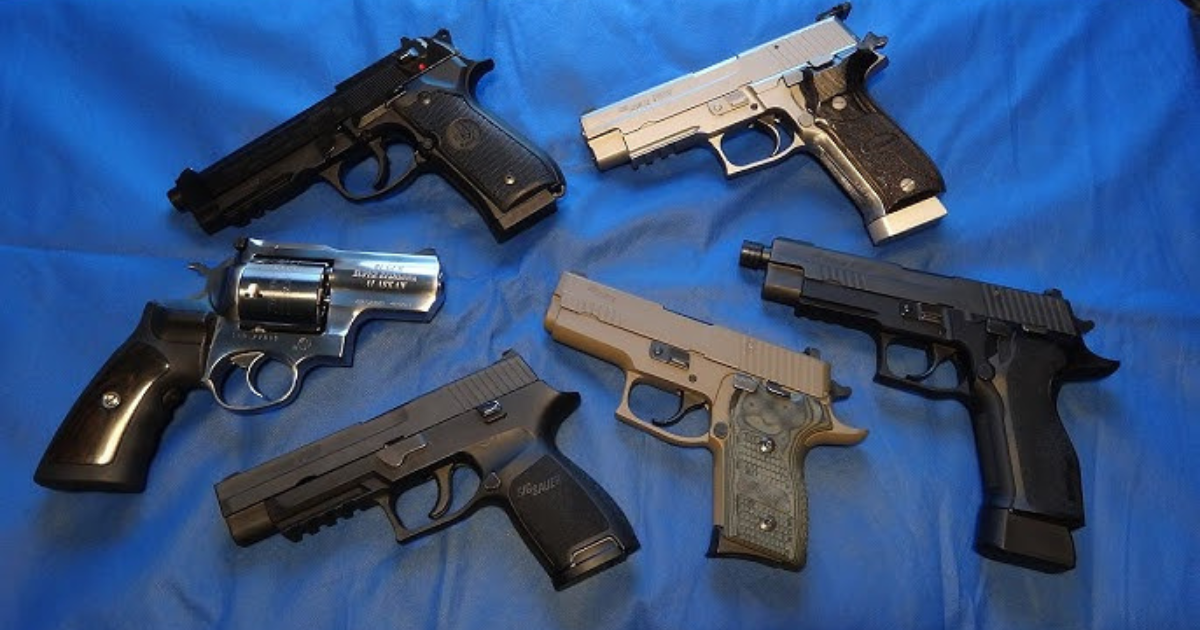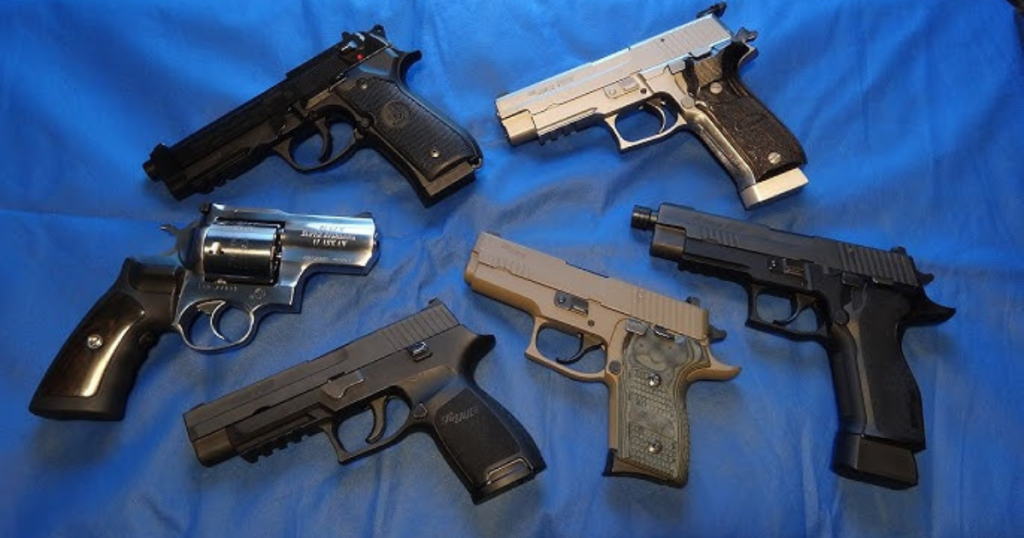When it comes to firearms, understanding how they operate is crucial for safe and effective use. At the heart of this understanding are the two basic styles of firearm actions: bolt-action and semi-automatic. These styles dictate how a gun loads, fires, and ejects cartridges, and they each have unique characteristics suited to different purposes. Let’s dive into these two fundamental styles and explore what sets them apart.
Bolt-Action Firearms
Bolt-action firearms are a classic choice, known for their reliability and accuracy. This style of action is commonly found in rifles used for hunting and long-range shooting. Here’s how it works:
- Manual Operation: The bolt-action mechanism requires manual operation by the shooter. After firing a round, the shooter must lift the bolt handle, pull it back to eject the spent cartridge, push it forward to chamber a new round, and then lock it in place. This process is repeated each time a shot is fired.
- Accuracy and Precision: One of the main advantages of bolt-action firearms is their inherent accuracy. Because the shooter manually handles each round, the action remains stable and consistent, which contributes to precise shooting. This is especially important in scenarios where long-range accuracy is critical.
- Simplicity and Durability: Bolt-action firearms are known for their simple design and robust construction. With fewer moving parts compared to other action types, they tend to be more durable and less prone to malfunction. This simplicity also makes them easier to maintain and repair.
- Applications: Bolt-action rifles are popular among hunters and target shooters. They are ideal for situations where accuracy is paramount, such as in long-distance shooting or hunting games at a distance.
Semi-Automatic Firearms
Semi-automatic firearms, on the other hand, represent a more modern approach to firearm action. This style is prevalent in both rifles and handguns and is known for its speed and ease of use. Here’s what you need to know:
- Automatic Loading: Unlike bolt-action firearms, semi-automatic guns automatically load the next round after each shot. When the trigger is pulled, the gun fires a round and then uses the energy from that shot to eject the spent cartridge and chamber a new one. This means that the shooter only needs to pull the trigger to continue firing as long as there are rounds in the magazine.
- Speed and Efficiency: The semi-automatic action allows for faster firing rates compared to bolt-action firearms. This can be advantageous in situations where quick follow-up shots are necessary, such as in self-defence or competitive shooting.
- Complexity and Maintenance: Semi-automatic firearms have more moving parts compared to bolt-action rifles. This can make them slightly more complex to maintain. However, modern designs and materials have improved their reliability and ease of maintenance.
- Applications: Semi-automatic firearms are versatile and used in various applications. They are commonly found in personal defence, law enforcement, and military settings. Additionally, they are popular among recreational shooters due to their ease of use and quick firing capability.
Comparing The Two
Both bolt-action and semi-automatic firearms have their own sets of advantages and are suited to different needs. Let’s compare them briefly:
- Accuracy vs. Speed: Bolt-action firearms excel in accuracy and precision, making them ideal for long-range shooting. Semi-automatic guns, on the other hand, offer faster shooting speeds, which can be beneficial in rapid-fire scenarios.
- Manual vs Automatic Operation: Bolt-action requires manual operation of the bolt for each round, which can be seen as a drawback in fast-paced situations. Semi-automatic firearms handle this process automatically, allowing for quicker follow-up shots.
- Complexity and Maintenance: Bolt-action firearms are more straightforward and generally easier to maintain, while semi-automatic firearms have more complex mechanisms that may require more frequent maintenance.
Conclusion
Understanding the two basic styles of firearm actions—bolt-action and semi-automatic—can help you choose the right firearm for your needs and preferences. Whether you’re a hunter looking for precision, a shooter needing rapid fire, or someone interested in the mechanics of weapons, knowing these differences is critical to making an informed decision.






